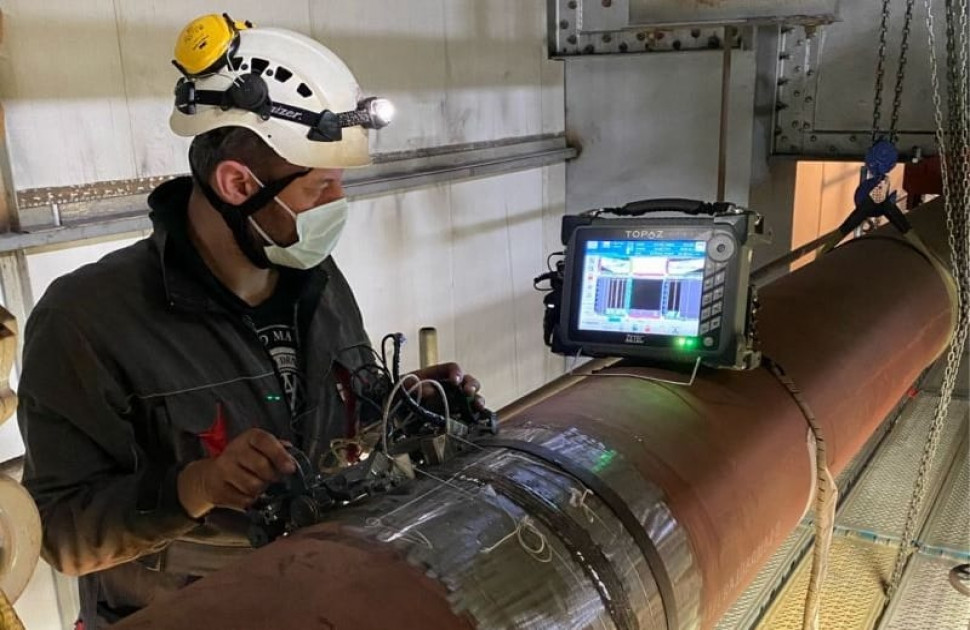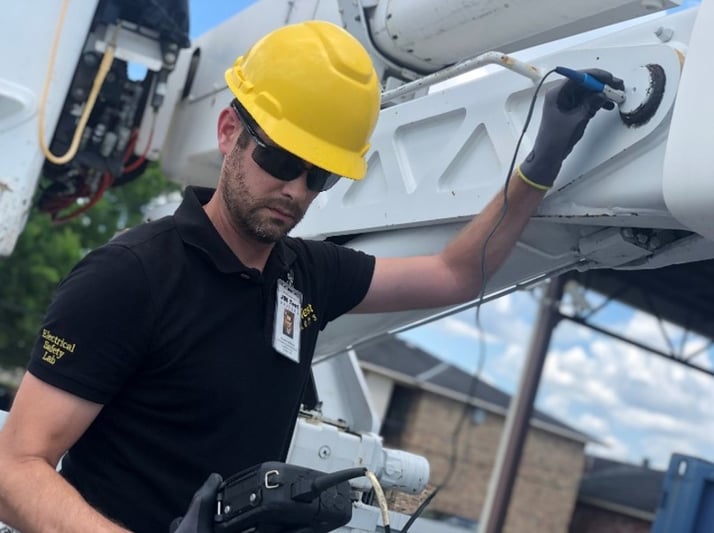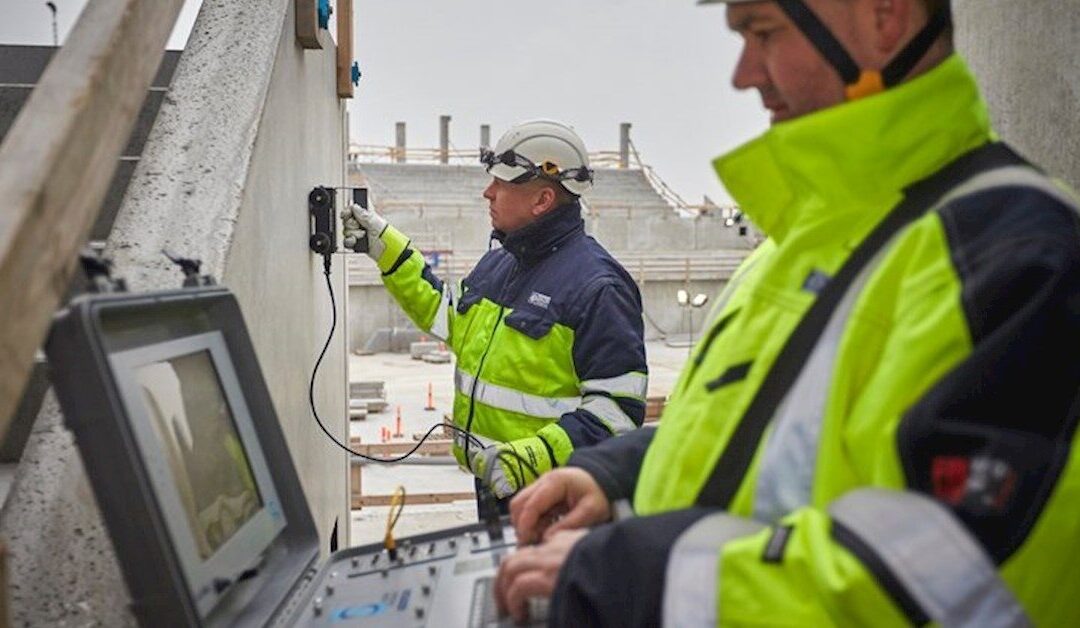The concept of synchronization in distributed inspection networks is crucial in today’s world, where industries rely heavily on precision and efficiency. These networks are designed to monitor, inspect, and ensure the quality of products through interconnected systems. The primary goal is to synchronize these systems to operate seamlessly, thereby enhancing productivity and reducing errors.

What Are Distributed Inspection Networks?
Distributed inspection networks refer to a collection of inspection systems spread across various locations. These systems work together to ensure that products meet specific quality standards. The challenge lies in synchronizing these systems so they function as a cohesive unit, despite being geographically dispersed.
Importance of Synchronization
Synchronization plays a vital role in ensuring that all parts of the network operate in harmony. Without proper synchronization, discrepancies can occur, leading to errors and inefficiencies. For instance, in a manufacturing setting, synchronized inspection systems can significantly improve quality control by providing real-time data and feedback.
Challenges in Synchronizing Distributed Networks
One major challenge in achieving synchronization in these networks is the latency issue. Since the systems are dispersed, the time it takes for data to travel between them can lead to delays. Moreover, varying environmental conditions and technical standards across locations can complicate synchronization efforts.
Technological Solutions for Synchronization
Several technological advancements have been made to address synchronization challenges. For instance, the use of machine learning algorithms enables systems to predict and adjust inspection frequencies dynamically. Companies like Strobox.ai are at the forefront of developing such solutions, offering insights on machine learning for frequency optimization.
Role of Machine Learning
Machine learning can play a pivotal role in optimizing synchronization. By analyzing historical data, these algorithms can determine the best frequency for inspections, ensuring that systems are neither overburdened nor underutilized. This dynamic adjustment helps maintain the balance necessary for efficient operation.
Case Study: Synchronization in Manufacturing
Consider a manufacturing plant with various inspection stations distributed across the facility. Each station is responsible for inspecting different aspects of the product. To maintain quality, it is crucial that all stations are synchronized to operate at the same pace. This ensures that products are inspected uniformly and any defects are caught early in the production process.
Strategies for Effective Synchronization
Effective strategies for synchronization include regular calibration of equipment, real-time data sharing, and adaptive frequency control. For example, during calibration tests, systems are adjusted to ensure they work in sync with each other. Real-time data sharing allows systems to communicate instantly, reducing delays and improving coordination.
The Future of Distributed Inspection Networks
As technology continues to evolve, the future of distributed inspection networks looks promising. Emerging technologies such as the Internet of Things (IoT) and advanced analytics are set to revolutionize how these networks operate. These innovations will enable even greater levels of synchronization, making inspection processes more efficient and reliable.
Impact of IoT
The Internet of Things (IoT) can significantly enhance synchronization by connecting all inspection devices to a central network. This interconnectedness allows for seamless data exchange, leading to more accurate inspections and faster response times to any issues that arise.
Conclusion
In conclusion, synchronization in distributed inspection networks is essential for maintaining quality and efficiency in various industries. By leveraging technological advancements, businesses can overcome the challenges associated with synchronization and enhance their inspection processes. As we move forward, these networks will continue to play a critical role in ensuring the quality and reliability of products worldwide.

Frequently Asked Questions
What is the main challenge in synchronizing distributed inspection networks?
The main challenge is managing latency and ensuring that all systems operate in unison despite being geographically dispersed.
How does machine learning help in synchronization?
Machine learning helps by analyzing data to optimize inspection frequencies, ensuring efficient and synchronized operations.
What role does IoT play in distributed inspection networks?
IoT enhances synchronization by connecting devices to a central network, facilitating seamless data exchange and improving inspection accuracy.
This article contains affiliate links. We may earn a commission at no extra cost to you.
